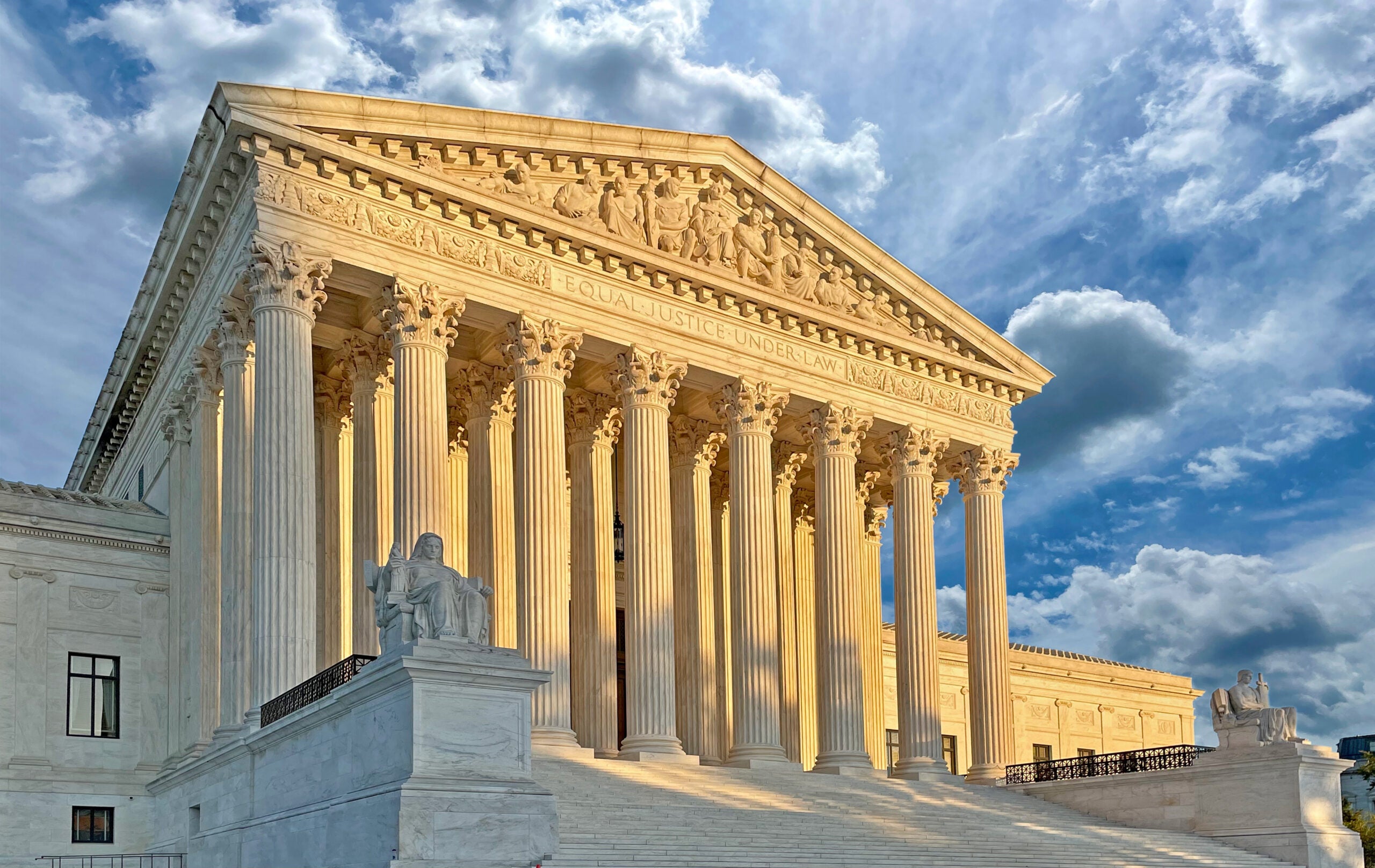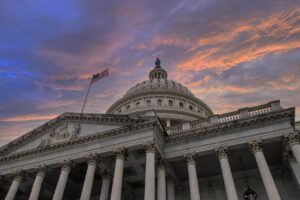With the Supreme Court’s ruling against President Biden’s student loan forgiveness plan, millions of Americans can expect to restart payments on their federal student loans.
Here’s the court’s ruling, its effects, and how students can move forward once repayment begins.
The Supreme Court’s Decision
On June 30th, 2023, in a 6-3 ruling, the Supreme Court ruled that the Biden Administration had no authority to implement its student debt relief plan.
The legality of Biden’s plan had been previously questioned since its announcement. On Friday, a majority of the court ruled that the modifications to the original plan exceed the bounds of what can be forgiven.
The debt relief plan sought to forgive up to $20,000 in federal student loans for over 43 million Americans. Due to the court’s ruling, those relying on the debt relief plan will begin repayment in October as the CARES Act expires.
While the Supreme Court blocked the original student loan forgiveness plan, the Biden Administration vows to pursue other options for relief. Regardless, borrowers should prepare for repayment.
How Will Repayment Work?
Students should expect payments to resume in October of 2023. Interest accrual on student loans is to begin 60 days after June 30th.
The Department of Education warns that student loan payments will resume in October. However, borrowers should begin preparing for repayment as soon as possible.
Some protections are still in place for borrowers following the court’s ruling. The Department of Education has issued a 12-month “on-ramp” to repayment that, until September 30th, 2024, will not consider missed monthly payments delinquent.
Those who have recently graduated from college can expect the usual six-month grace period to remain in effect before repaying. Students should plan financially for monthly payments or look into other payment options during this time.
Learn More: When Do Student Loans Show Up On Your Credit Report?
The Saving on a Valuable Education (SAVE) Repayment Plan
As a backup to loan forgiveness following the Supreme Court ruling, the Biden Administration will continue with the SAVE Repayment Plan.
The SAVE Plan is an income-driven repayment plan (IDR) that will calculate monthly payments based on income and family size. The SAVE Repayment Plan will replace the REPAYE Plan.
The proposed benefits of the SAVE Plan include:
- Reducing monthly payments on undergraduate loans from 10% to 5% of one’s disposable income.
- A temporary payment pause for those who make less than 225% of the federal poverty level.
- Borrowers will not have to pay additional unpaid interest on monthly payments paid on time.
- Existing loan balances will be forgiven after ten years on original balances under $12,000.
The official SAVE Repayment Plan application will be available this summer. To apply now, you should apply for an IDR Plan and select the REPAYE Plan. If you have applied for the REPAYE Plan, you are automatically enrolled in the SAVE Repayment Plan once it rolls out.
Planning For Repayment
Many borrowers find it difficult to make monthly payments and pay off their student loans. 43.6 million borrowers have federal student loan debt, with an average student debt balance of $37 717 in federal student loans alone.
Responsibly managing student debt requires preparation to avoid mistakes. Before the repayment period begins, borrowers should:
Review Your Loan History
Many borrowers may be unaware of their loan information after the three-year payment pause.
Before repayment begins, borrowers should review their loan balance, their interest rates on each loan, their loan type, and the names of their loan servicers.
Update Contact Information
To receive monthly loan statements and bills on time, borrowers must ensure their loan servicers have the correct contact information.
Your information could be outdated if you have moved or your loan servicer has changed over the three-year pause.
Changes can be made to your contact information on the Department of Education’s website.
Begin Budgeting
Understanding your current financial situation can help you avoid falling behind on repaying student loans. You can use a student loan calculator to estimate your monthly payments.
Creating a budget in advance can help alleviate financial stress once the repayment period begins.
Explore Repayment Alternatives
Borrowers concerned about the approaching repayment period have multiple options beyond loan forgiveness that make repayment more affordable.
- Student Loan Refinancing: Student loan refinancing means combining your current loans into one new loan with new terms. Depending on your financial situation now may be a good time to refinance your federal loans depending on your financial situation.
- Student Loan Consolidation: This refers to the process of consolidating multiple federal loans into one federal loan. Consolidating loans can help lower payments.
- Loan Deferment or Forbearance: You may qualify for loan deferment or forbearance, which entails modifying your current payments for a certain period of time.
Following the Supreme Court ruling, borrowers should do their own research to find what repayment option suits their situation best. The Biden Administration continues to pursue loan forgiveness options, but until then, repayment will begin in the fall as planned.
Refinancing Student Loans With ELFI
For borrowers that choose to refinance their loans, ELFI can help. In refinancing your student loans, borrowers may find repaying federal loans more manageable once the repayment period resumes. ELFI offers multiple refinancing options that can suit your needs.



